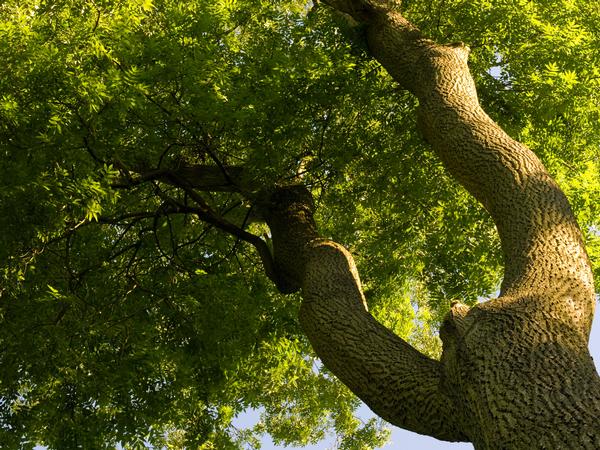Ash trees are a popular native tree species in the United States and are often planted as street or landscape trees. Ash trees are part of the Fraxinus genus and there are various species of ash trees in Colorado, including green ash and white ash. It is common to confuse an Ash tree with various other trees that look similar, such as black walnut, maple, boxelder, hickory, or dogwood trees. To correctly identify ash trees, you will need to closely examine various parts of the tree.
Ash Tree Branches
To start identifying an ash tree, you can look at its branches. You can either pick up a dead stick that has fallen to the ground or pull down a branch so you can get a close look at it. Check to see if the branches have opposite branching. This means that when branches grow from the main branch, they all start at the same position. Other trees feature alternate branching, with branches growing from the main branch alternating left and right. For example, maple, dogwood, and boxelder trees have opposite branching, while oak, cottonwood, and hickory trees have alternating branches. You can also look for fresh branch buds. On ash trees, the buds will be directly across from or opposite each other. Here are more Useful Tree Resources to explore.
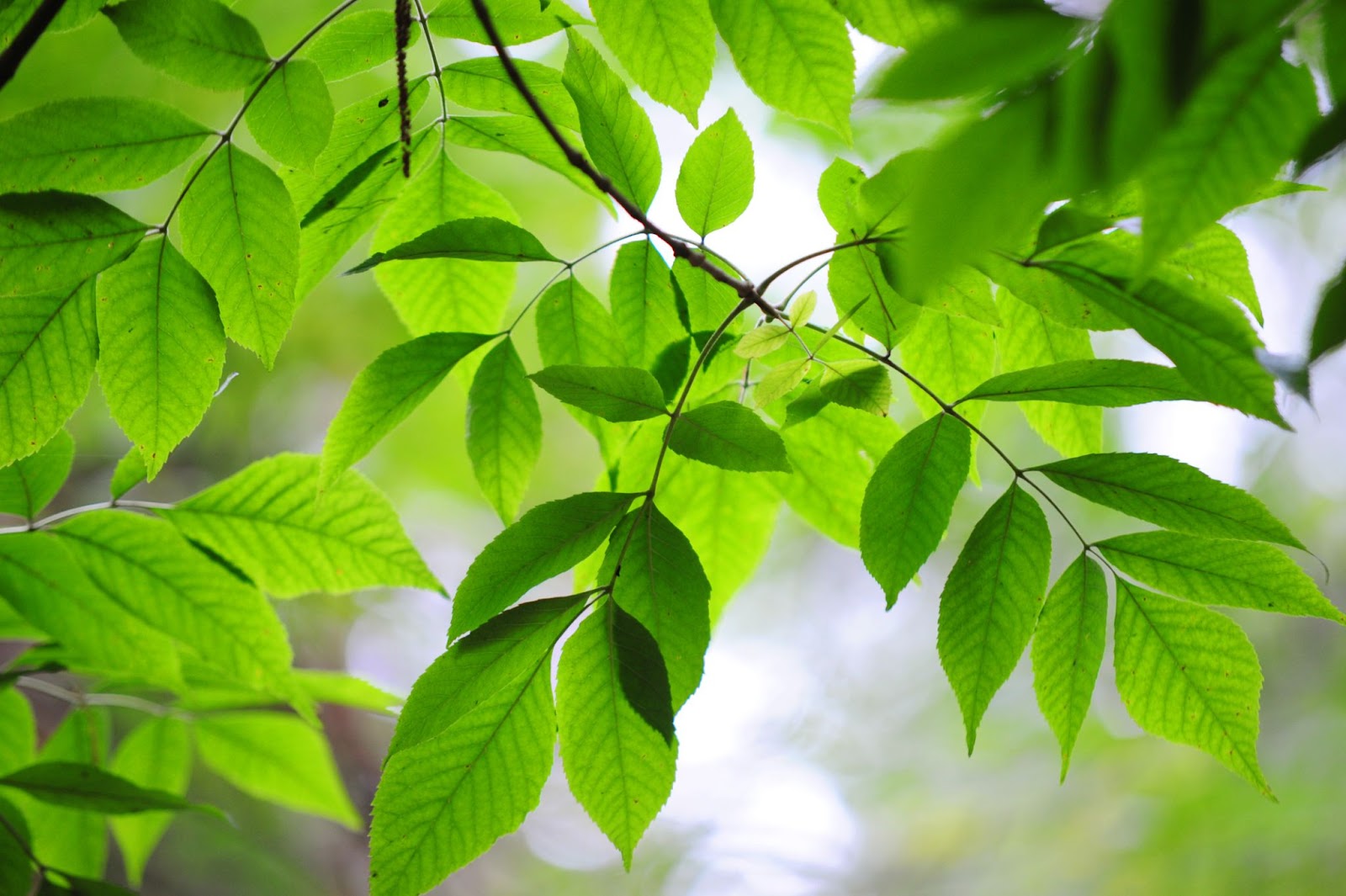
Ash Tree Leaves
Another way to confirm that you have an ash tree is to look at its leaves. The leaf structure of an ash tree is compound rather than single. From this point you can count the number of leaves. You will either see a single leaf or 5 to 7 (some varieties have up to 11) smaller leaflets that branch out from it. A single leaf tree, such as a maple tree, has one big leaf that extends from the branch. Both ash trees and boxelder trees have compound leaves, so be careful with getting them confused. Another characteristic of ash tree leaves is that they have either smooth or finely toothed edges.
Ash Tree Bark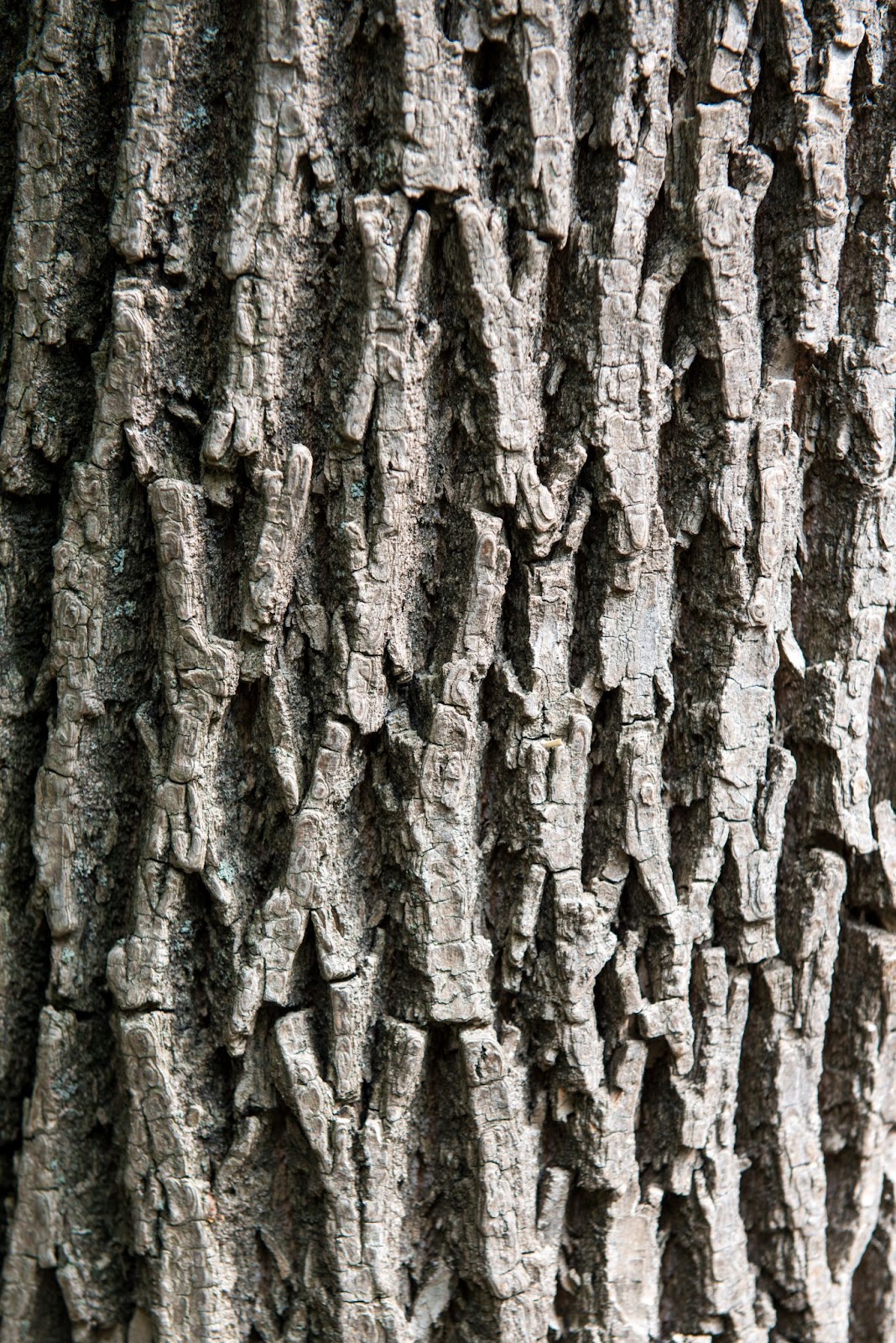
If you are looking at a mature ash tree, the bark can help with identification, too. Ash trees will have a diamond-shaped bark pattern on both white ash and green ash trees. This helps differentiate them from maple trees. Young ash trees may not have this distinctive bark pattern, but you should be able to rely on other characteristics if this is the case.
Ash Tree Seeds
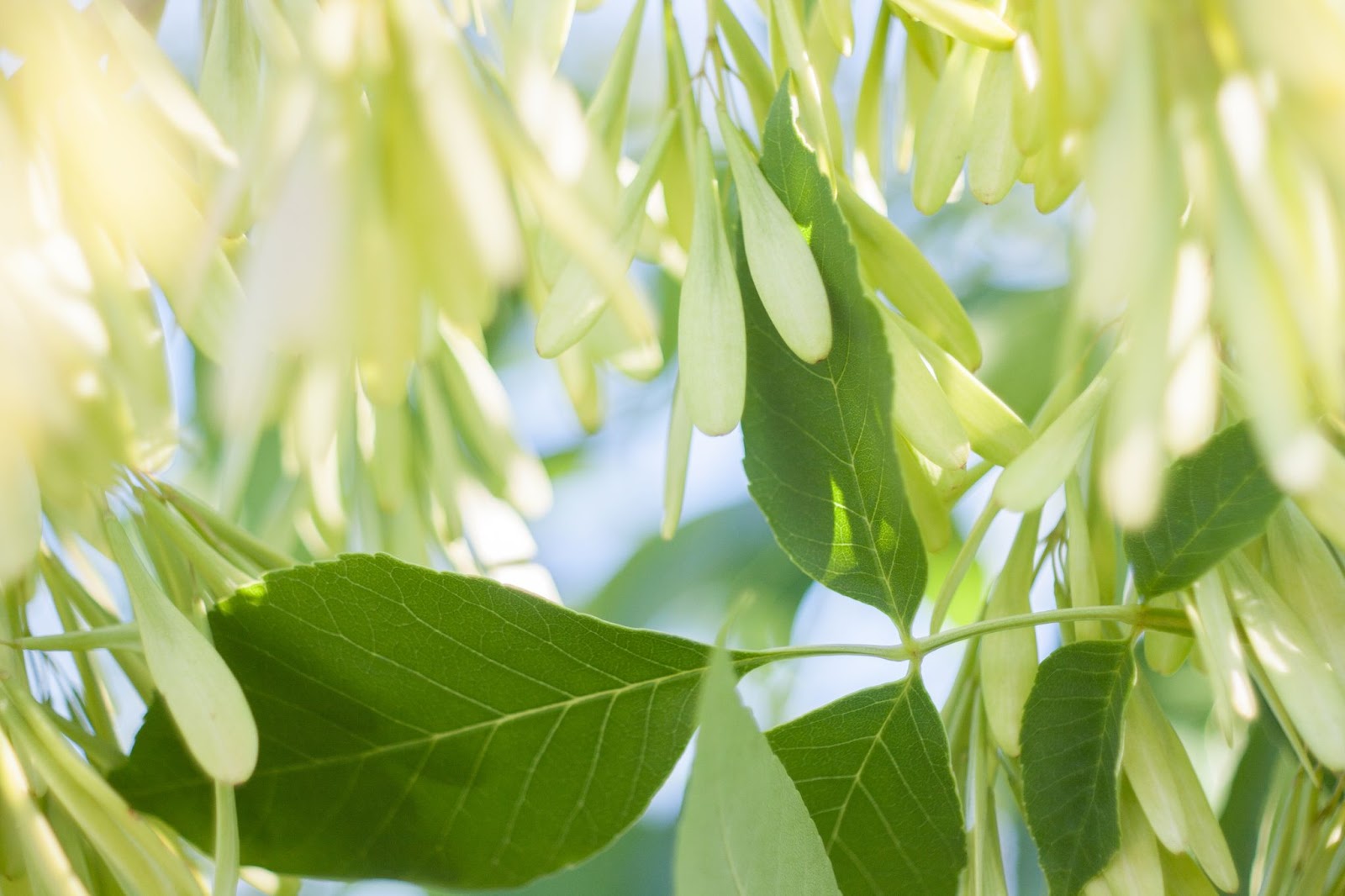
An ash tree will have either light green or brown clusters of seeds (known as a Samara). The seeds on an ash tree are paddle-shaped and resemble small leaves and dangle from the tree in big clusters. Don’t assume that a tree that lacks seeds isn’t an ash tree. Some ash trees are seedless. Only in late autumn and early winter can seed clusters develop. Boxelder/maple seeds are similarly clustered, although they resemble wings rather than paddles.
Why Is Identifying Ash Trees Important?
Knowing whether or not you have an ash tree on your property is important, especially in the state of Colorado. The Emerald Ash Borer (EAB) made its way to Colorado in 2013, and this pest has become a serious threat to ash trees. If you have an ash tree that has been infested with the Emerald Ash Borer, you will want to contact a professional to treat infected trees as soon as possible. EAB can be prevented, so if you live within 15 miles of a known EAB infestation, you may want to consider treating your ash trees.
How to Identify Different Types of Ash Trees
Ash trees are diverse, with several common ash species spread across various regions. By understanding the distinguishing characteristics of these trees, including their leaf shape, bark texture, and seasonal changes, you can confidently identify different types of ash trees.
Key Ash Tree Species
- Green Ash (Fraxinus pennsylvanica)
The green ash, scientifically known as Fraxinus pennsylvanica, is a bright green species found widely across North America. This species is resilient, often thriving in wet soils near rivers and lowlands. Its leaves turn a vibrant yellow in fall, making it easy to spot during autumn. - White Ash (Fraxinus americana)
The white ash, or Fraxinus americana, is another prevalent ash species. Known for its sturdy wood and straight trunk, this species is highly valued in landscaping and for creating strong, durable wood products. Its leaves also turn a beautiful shade of purple in fall, contrasting with the bright green appearance it holds in summer. - Black Ash
Black ash trees, while less common than green and white ash, are native to the Northeastern United States and parts of Canada. Unlike other ash species, black ash has a thinner bark, and its wood is often used in basket-making due to its flexibility and durability. - Blue Ash
Found in the Midwest, blue ash trees are unique for their striking bluish bark when cut, giving the tree its name. This species is more drought-tolerant than other ash trees, making it resilient in drier environments. - European Ash (Fraxinus excelsior)
Although native to Europe, the European ash (Fraxinus excelsior) can be found in some North American gardens and landscapes. It’s known for its tall, graceful structure and adaptability to different soil types, making it a popular choice among landscapers.
Threats to Ash Trees in Colorado: The Emerald Ash Borer
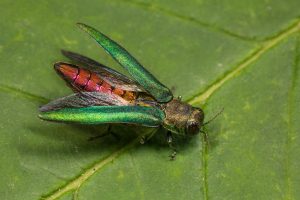
One of the greatest threats to ash trees globally is the emerald ash borer (Agrilus planipennis). This invasive insect targets ash trees by burrowing under the bark, disrupting nutrient flow, and eventually killing the tree. The emerald ash borer has particularly impacted green ash and white ash populations, leading to extensive conservation efforts.
Recognizing Ash Trees by Color and Shape
Ash trees are often recognizable by their bright green leaves, especially in the spring and summer months. Each ash species has its unique leaf arrangement and fall colors, aiding identification:
- Green ash: Turns vibrant yellow in fall
- White ash: Shows a purple tint in autumn
- Blue ash: Displays unique bluish bark characteristics when cut
By examining these visual clues, tree enthusiasts and landscapers can better identify each ash species and support efforts to protect them from pests like Agrilus planipennis.
Contact Splintered Forest For Your Tree Needs
If you’re having issues with your ash trees or any other type of tree on your property, Splintered Forest can help. Our crew includes ISA Certified Arborists, experienced tree climbers, and expert tree fellers. If you are seeing emerald ash borer signs of damage, contact us today to schedule your free, no obligation estimate.
To Schedule Ash Tree Injections for EAB visit Save My Ash

